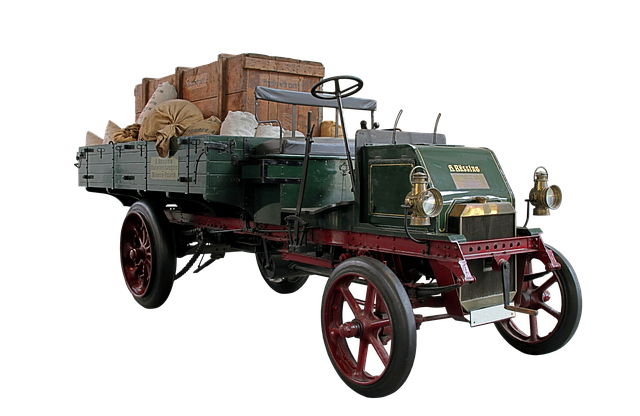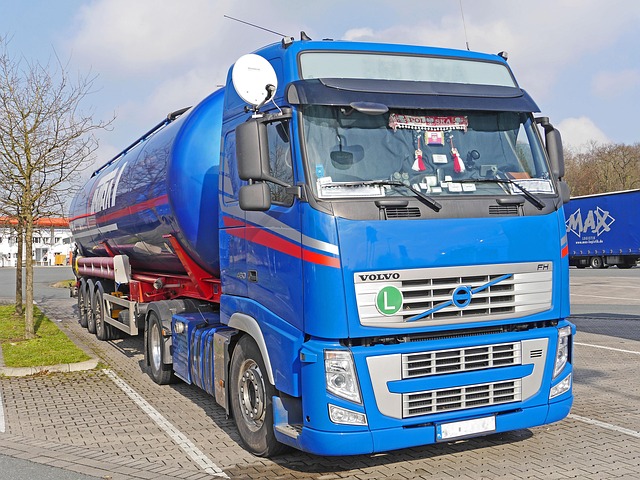Looking to register your car in California? This comprehensive guide walks you through the entire process, from understanding key requirements and gathering essential documents to completing your application online or in-person. A crucial step—and one that sets California apart—is the DMV VIN verification, ensuring vehicle authenticity. Once verified, pay your registration fees and receive your new plates. Simplify car registration with these clear, concise steps.
- Understand Requirements for Registration
- Gather Necessary Documents
- Perform DMV Vin Verification
- Complete Online or In-Person Application
- Pay Registration Fees & Get Plate
Understand Requirements for Registration

Before you begin the registration process, it’s crucial to understand the requirements for car registration in California. The Department of Motor Vehicles (DMV) has specific guidelines that must be followed. One key step is to ensure a successful dmv vin verification. This involves checking your vehicle’s unique Vehicle Identification Number (VIN), which can be done using a mobile vin verifier or during a vin inspection.
The VIN is a crucial piece of information for the DMV as it allows them to track vehicle history and ownership. It’s essential to have accurate and up-to-date details to avoid any delays or complications in the registration process. A mobile vin verification app can make this task quick and convenient, providing instant access to your vehicle’s records.
Gather Necessary Documents

Before you can register your car in California, you’ll need to gather several key documents. The first step is to obtain a Vehicle Identification Number (VIN) verification from the Department of Motor Vehicles (DMV). This process, often done through a mobile vin inspection or vin inspection, ensures that your vehicle matches the information on record and helps prevent fraud.
For this verification, you’ll need to provide proof of ownership, typically a title document, as well as valid identification like a driver’s license. Additionally, have your vehicle’s registration from its previous state handy, if applicable. These documents are crucial for the dmv vin verification process and will streamline the car registration in California.
Perform DMV Vin Verification

Before you can register your car in California, it’s crucial to undergo a DMV VIN verification process. This step is essential as it ensures that the vehicle’s identification number (VIN) matches the make, model, and year of the car you intend to register. A mobile vin inspection or using a professional vin verifier can streamline this procedure. Simply request a VIN inspection from a trusted service provider, who will cross-reference the information against official records to confirm the vehicle’s authenticity.
During the verification, the DMV will check for any discrepancies between the presented documents and the actual car. This includes verifying that the VIN is not altered or tampered with, which is a common practice in some dishonest transactions. By ensuring the accuracy of these details, you can avoid potential legal issues and ensure your vehicle’s registration goes smoothly.
Complete Online or In-Person Application

Registering a car in California involves completing an application process through the Department of Motor Vehicles (DMV). You have two options: do it online or visit a DMV office in person. Both methods require gathering essential documents and providing accurate information about your vehicle, including its Vehicle Identification Number (VIN).
For a seamless experience, many Californians choose to utilize modern solutions like mobile VIN verification services. These apps allow you to quickly validate your car’s history and ensure all details are correct before submitting your registration application. This can be done conveniently from the comfort of your home or even while waiting at the DMV, saving time and effort compared to traditional VIN inspection methods.
Pay Registration Fees & Get Plate

After completing your car purchase, the next step in California is to register your vehicle with the Department of Motor Vehicles (DMV). This process involves several key steps, including paying the required registration fees. These fees vary based on the type and age of your vehicle, so be sure to check the current rates on the DMV website. Once you’ve paid, it’s time to obtain your license plate. The DMV will issue a unique California license plate that you’ll attach to your car.
Remember, before registering, you must undergo a DMV vin verification process, which includes a mobile vin inspection or using a mobile vin verifier to ensure the vehicle’s identity and history are clear. This step is crucial to avoid any legal issues and to ensure a smooth registration process.
Registering a car in California is a straightforward process that requires understanding the necessary steps and gathering the right documents. By following these guidelines, including performing a DMV VIN verification, completing applications online or in-person, and paying the registration fees, you can ensure your vehicle’s legal status in no time. Remember to keep your paperwork up-to-date for hassle-free ownership.
